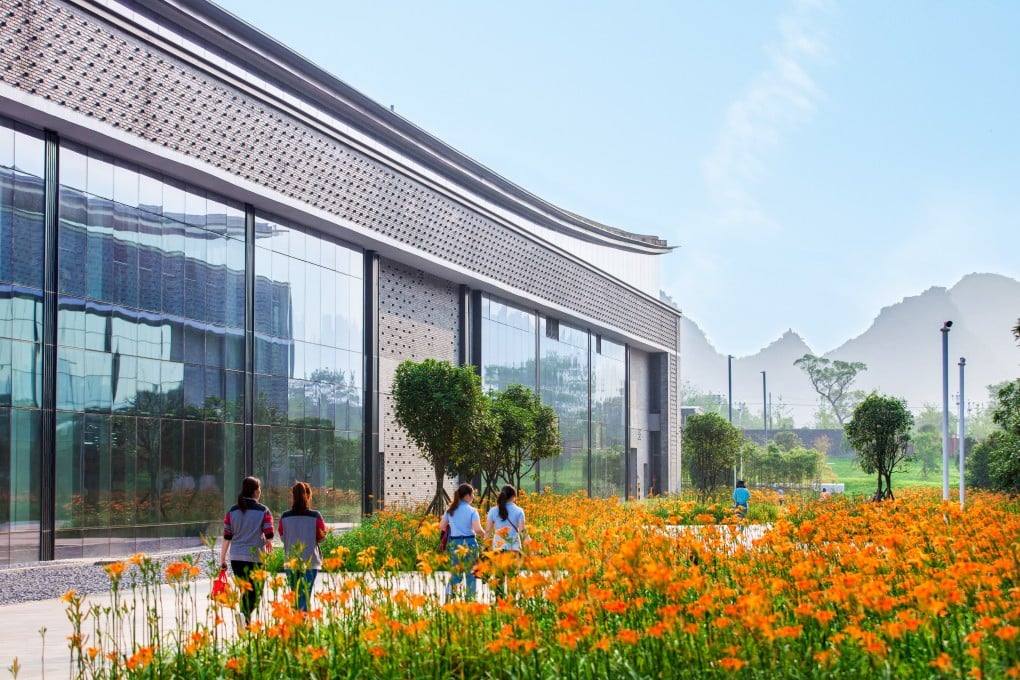Advertisement
Green fashion practices start in the factory, say Hong Kong manufacturers as they make processes sustainable
- Textile and apparel companies are reducing water and energy use, building green factories, eliminating waste, and upcycling the clothes consumers discard
- As they build sustainability into their processes, they are discovering how much more they ane other players in the fashion industry need to do
Reading Time:4 minutes
Why you can trust SCMP

For Esquel, sustainability starts from the ground up.
This year, the Hong Kong-based textile and apparel manufacturer unveiled phase one of Integral, its latest award-winning project in Guilin, a city in southern China. The production facility includes state-of-the-art garment and spinning operations housed in sleek, bamboo-inspired buildings.
Everything is built with sustainability and the environment in mind: the pavements are made from a mixture of concrete, discarded buttons and other materials, while specially designed glass fixtures on rooftops capture solar energy. There are modern dining halls and a gym. Cutting-edge research, covering everything from natural dyes to organic cotton production, is conducted in innovation and learning centres, and botanical gardens.
Advertisement
Additions at Integral are planned, including a lake and an organic garden that will be used to help feed the 1,500-strong workforce.

Advertisement
The facility, covering 500,000 square metres, doesn’t just look impressive – it also signals the company’s commitment to becoming a more sustainable business.
Advertisement
Select Voice
Choose your listening speed
Get through articles 2x faster
1.25x
250 WPM
Slow
Average
Fast
1.25x